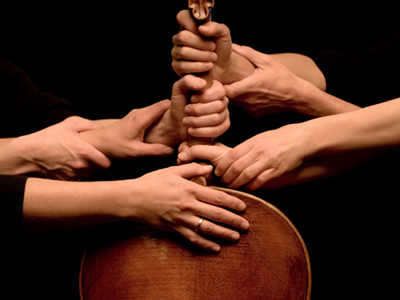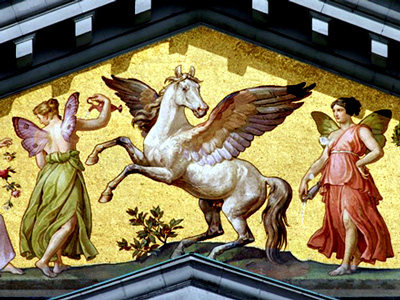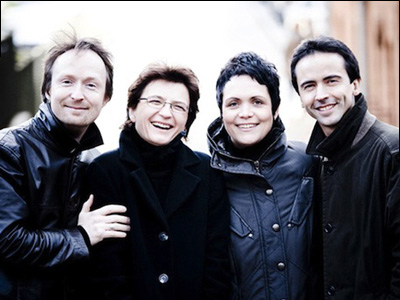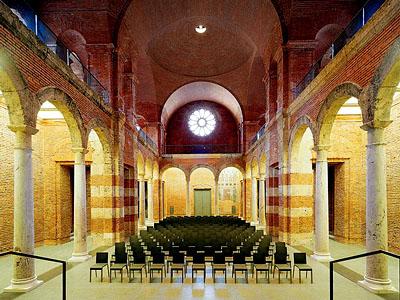
By ANDREW POWELL
Published: May 10, 2016
MUNICH — As if to unify its program of late Beethoven and Schubert last week (May 4) at the Court Church of All Saints, the Arcanto Quartet stressed gloom wherever possible. Playing of intensity and integrity supported this approach, and, to be sure, the Heiliger Dankegesang String Quartet, Opus 132, and the C-Major String Quintet, D956, do at least contemplate the end of life. It was a little much though. Beethoven intends an expression of thanks; Schubert toys with irony, perhaps accepting fate.
Partnered by cellist Maximilian Hornung after the break, the musicians projected a dark dreamlike picture of the quintet’s 17-minute first movement, guilefully detailed and relaxed, with ample soft passagework. This they paid off in the concluding Rondo, lending it surreal salon elegance. In between they plunged to grim depths. Schubert’s Adagio, sustained with formidable concentration around Tabea Zimmermann’s viola, proceeded grave, a Deathly Hallows without the wizards. Much the same was true of the Scherzo’s Trio. Anyway, great listening.
An obvious sense of purpose marked the Beethoven, with first violin Antje Weithaas adding affable stylish touches. But this reading was a tad short on energy, and in the somber guise imposed on it the central movement managed to be both sedate and precious, not as unsettling as usual. Marketing note: although Munich is saturated with chamber music, people were turned away at the door of this sold-out Bell’Arte event.
Photo © Marco Borggreve
Related posts:
Arcanto: One Piece at a Time
Horn Trios in Church
Tonhalle Lights Up the Beyond
Volodos the German Romantic
Widmann’s Opera Babylon


